The Best Deals on Camping, Backpacking and Outdoor Gear [June 2025]
You know we’re big fans of barefoot shoes here at Terradrift. We love barefoot hiking boots, barefoot sandals, and barefoot shoes for daily wear. But in the winter, you tend to need a little something more robust and warm. So allow us to introduce you to four sustainable barefoot hiking boots for winter! We did some digging, tested a few pairs in the cold and snow, and share what we think of each one right here, right now.
Naturally, all of these options are vegan and totally PFAS-free! So wear them with confidence knowing they’re not only better for your feet, but better for the planet.
What are Barefoot Boots?
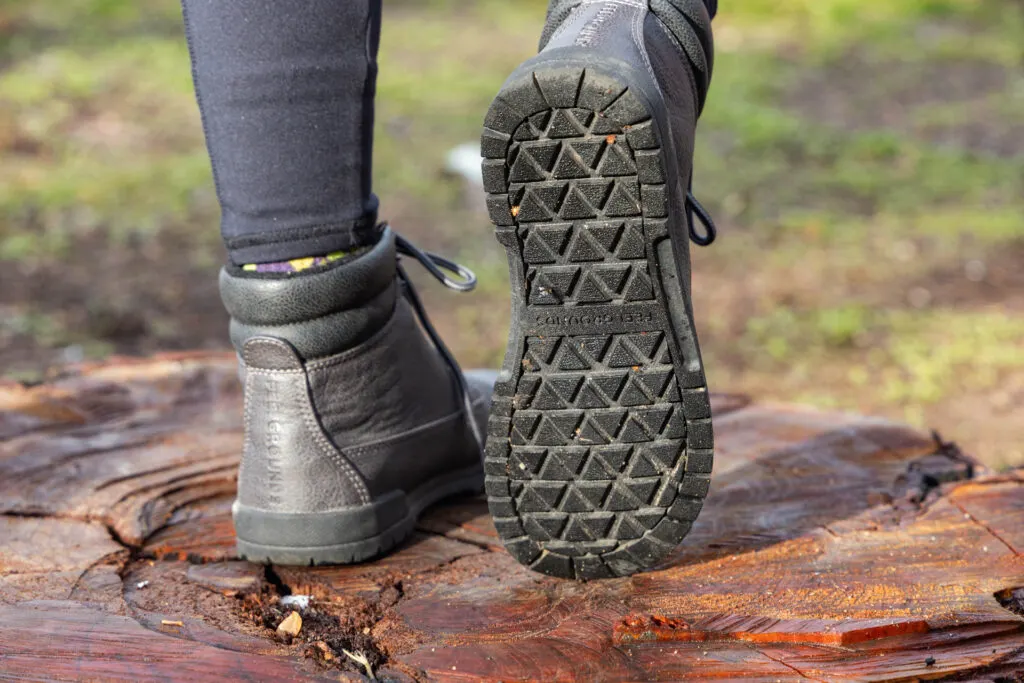
But first things first: what even are barefoot boots? What qualifies a boot as “barefoot?” Well, in general, it will have the following features:
- Wide toe box
- Zero-drop footbed
- Flexible sole
- No arch support
Minimalist boots fall in a similar category, and one we use to describe some footwear that we don’t think quite hits the mark when it comes to offering a true barefoot feel, but still features the design qualifications above.
So what makes barefoot boots so great? First, minimalist shoes, like being totally barefoot, can effectively strengthen your entire foot and ankle, making all those tiny bones and muscles stronger and more resilient. They can also promote better balance and fewer sprained ankles (yup, even without ankle support). Plus, once you transition (which does take time), they’re way more comfortable for all-day wear than “conventional” footwear.
Bonus come winter time: wide toe boxes mean there’s more room for your toes to spread, meaning less of a chance your shoes will restrict circulation, which can make your toes even colder.
Now you know. On to our fave barefoot boots for winter hiking!
Winter Barefoot Boots
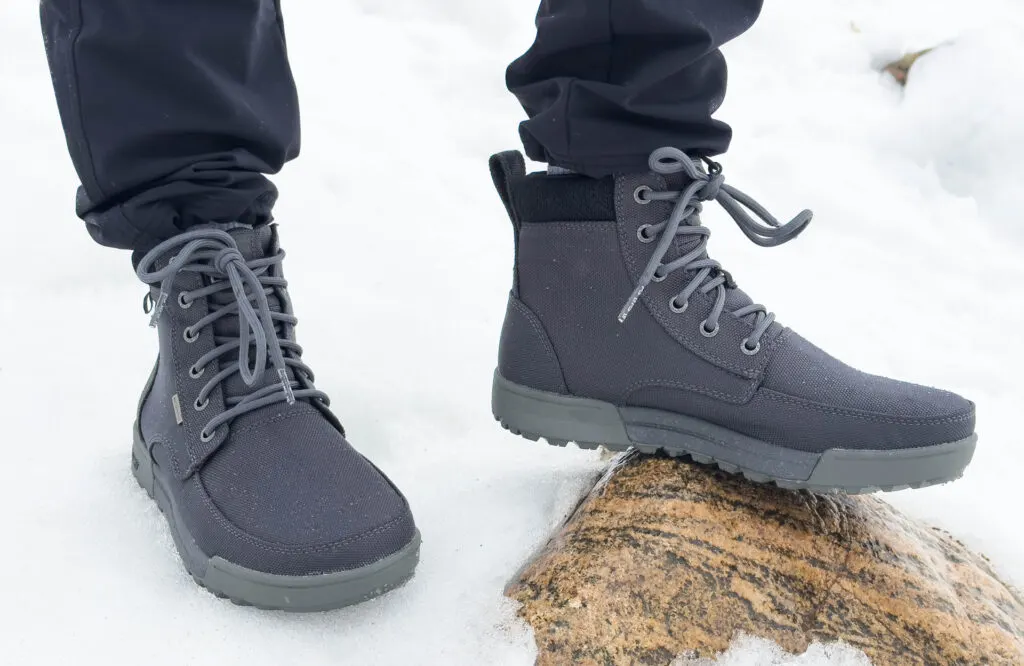
Lems Boulder Summit
If there’s a barefoot boot that is just as stellar of a performer on the trail as it is stylish on the sidewalk, It’s the Lems Boulder Summit Waterproof. In fact, The OG Lem’s boot, which we tested a while back, instantly became our favorite fall boot for it’s lightweight comfort and flexibility (is it a boot or a slipper with laces?!). So when we learned there was a waterproof version with more aggressive tread, we had to try it.
And while that more aggressive tread on the more rugged sole means the Boulder Summit lost a touch of flexibility, we still rank it high for functionality and comfort. That said, we’ll call this one more of a minimalist boot than a barefoot boot. Mostly because the sole isn’t quite as flexible as we’d like and the toe box could be bigger.
That said, after testing it for everything from hiking in the snow to snowshoeing to wandering around town, this might be our new go-to boot for cold weather adventure travel. I mean, it can do it all: tackle rough trails AND look good with a pair of jeans!
Sustainability: While they’re not made of recycled materials or anything, these boots are PFAS-free and the Nitro color, which is made of Nylon, is totally vegan.
Sizing and more: Available in sizes 6.5-12 for women and 5-15 for men. Vegan option only available in one color: Nitro (grey).
Pros
- Available in the widest range of sizes
- Functional
- Stylish
- Excellent waterproofing
Cons
- Only available in one color
- Not as flexible in the sole
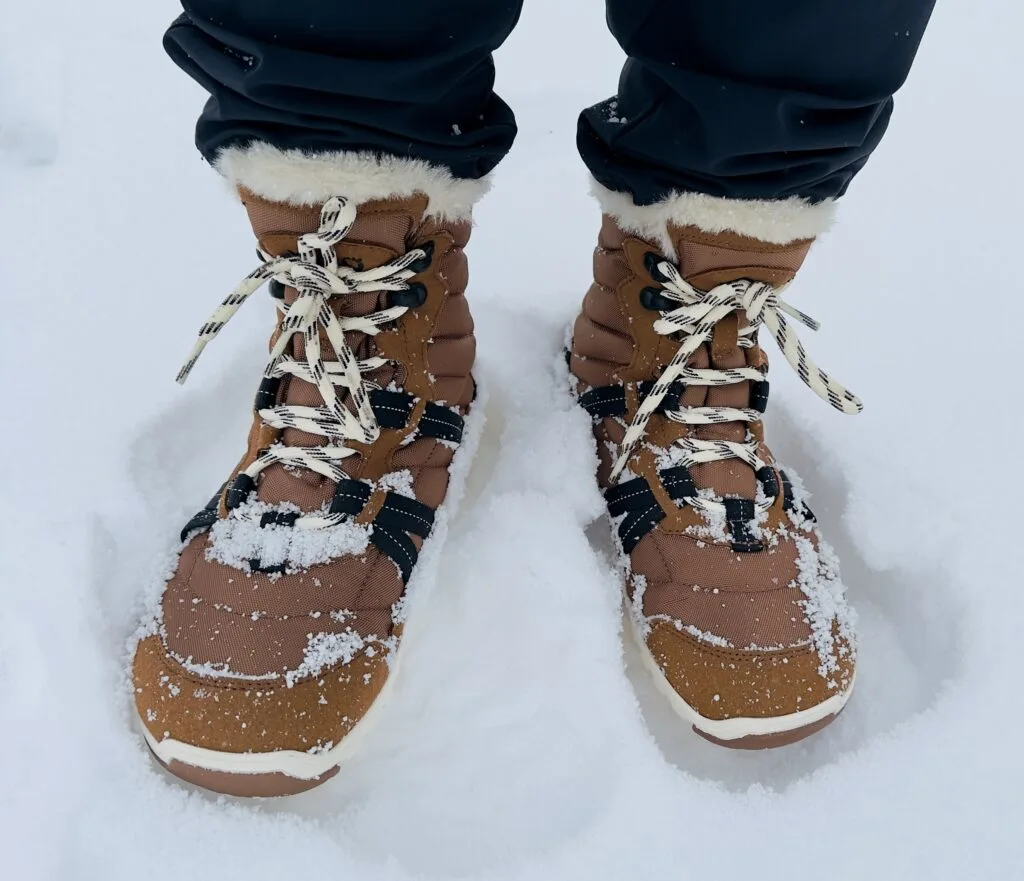
Xero Shoes Alpine
We’ve been big fans of Xero Shoes for a while now, ever since we tested our first pair of sandals years ago. But the brand doesn’t just make footwear for summer; they make boots for playing and hiking in the snow, too. And we dig ’em. Our most recent favorite for winter? The Alpine Snow Boot.
It’s waterproof, tall to keep snow out, the top portion is lined with cozy fluff, and because it’s Xero, the soles are flexible. The tread is also pretty aggressive for a snow boot that is designed to be a bit on the more stylish side. But we dig that. We felt like we had good traction when walking on snow and ice and while they’re not supremely well insulated if it’s super cold out (like below 15ºF or so), they’ll keep your toes pretty toasty and dry, especially if you’re staying active.
Sustainability: While not made of recycled materials, these boots are vegan, PFAS-free, and the soles have an impressive 5,000-mile warranty, which means they’ll last for a looooong time.
Sizing and more: They come in sizes 6.5-15 for men and 5-11.5 for women. They’re available in several colors.
Pros
- Flexible sole
- Good barefoot feel for a boot
- Cozy lining
- Comfy right off the bat
Cons
- No easy-on zipper
- Not made of particularly sustainable materials
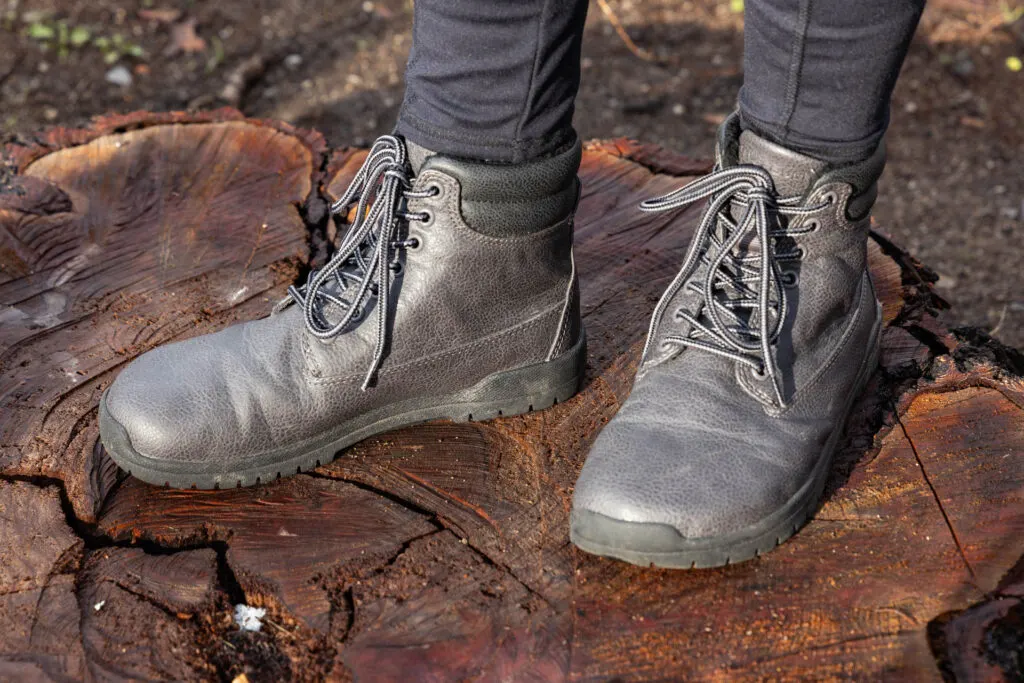
Feelgrounds Patrol Winter
While the Feelgrounds Patrol Winter may have been designed less as an all-out hiking boot and more of a sleek boot that could seamlessly transition from trail to tavern, we did some light hiking in these in cold weather (including in snow) and are big fans of not only how surprisingly flexible the soles are, but how warm they keep our feet down to at least freezing. In fact, there the most flexible and have the roomiest toe box of all the boots on this list.
Plus, they’re waterproof (and include a tongue gusset) and look just as stylish on-trail as off. They’re lined with a soft fleece for extra warmth, come with a vegan felt insole, and are nice and light, which means they’re supremely packable. (There’s also an unlined Patrol Lite for milder weather.) The tread isn’t as aggressive as other options listed here, but for an around-town shoe that’s also perfectly capable on easy hikes, leisurely cycles, and more, I can’t get enough.
Sustainability: While most of the boot isn’t made of particularly sustainable materials, the lining and laces are, and the whole boot is vegan and PFAS-free.
Sizing and more: These are unisex boots and come in 6 classic neutrals in women’s size 5 – men’s 15.
Pros
- Excellent groundfeel for a boot
- Super flexible sole
- Comfortable right out of the box
- Stylish
Cons
- Tread not as aggressive for hiking
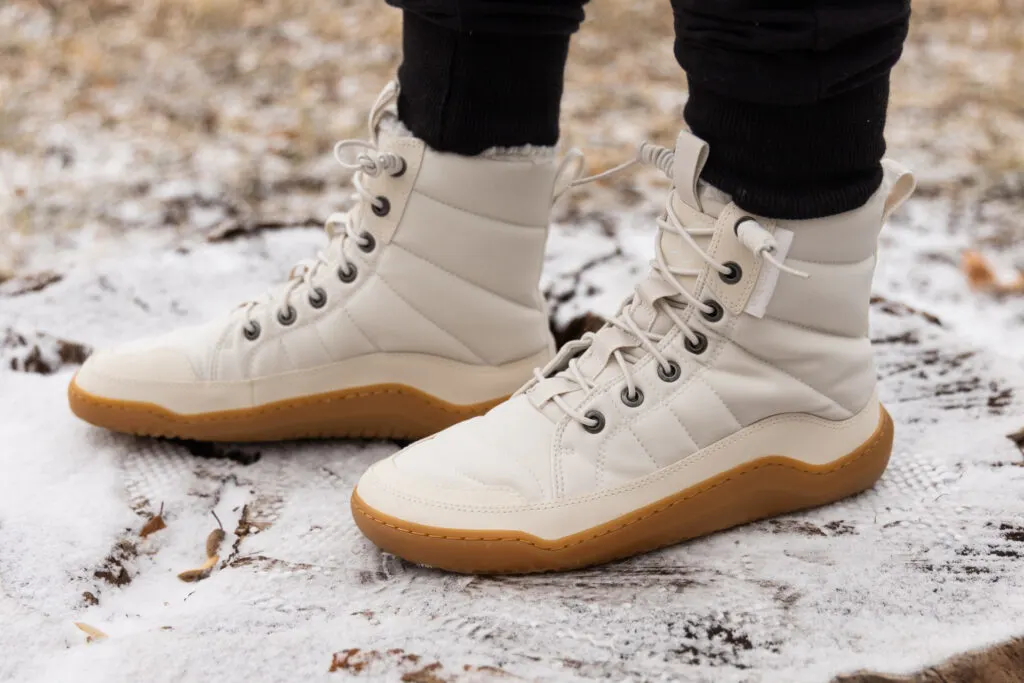
Vivobarefoot Gobi Hiber
Vivobarefoot calls it a “lifestyle boot” but frankly, we found the Gobi Hiber more than suitable for easy winter hikes in addition to chilly wanders around town. Really chilly. In fact, on a walk when temps were around 20ºF, we didn’t feel a lick of cold in our toes. That’s thanks in part to the quilted outer and the faux shearling lining, which is super dense and cozy. It extends well past the ankle of the boot all the way down to the toes. That does mean they felt a little snug at first, but with time, that loft should soften up and offer a bit more wiggle room. But in the meantime, they feel like a soft hug for your feet.
The sole is flexible and allows for plenty of range of motion, plus can be made more flexible by removing the included thermal insole. But when it’s cold, we recommend leaving it in for extra warmth from the bottom up (there’s reflective material that bounces your body heat back toward your feet). Do take note: the tread on these isn’t aggressive, so they may not feel as secure on loose, sloppy slopes.
The boots are water resistant, but not waterproof, so if you plan to tramp around in the snow, consider treating them with a waterproofing spray like one from Nikwax. That said, the tongue isn’t gusseted, so it won’t stop snow or water from getting in the boots as effectively as with other winter hiking boots.
As for fit, the Gobi Hiber is more narrow than some other boots we tested, so if you have especially wide feet, keep that in mind. One feature we do like: bungee laces that make the boots excessively easy to pop off and on, which means no tying or untying required (though if you frequently hike in them you may wish to replace them with actual laces for extra security).
Sustainability: Boots are vegan, uppers and lining are made of almost completely recycled polyester (including insulation) and the outsole is 22% Natural Rubber. Vivo also has a ReVivo recycling program where they repair and resell used footwear.
Sizing and more: Available in sizes 4.5-11 (including some half sizes) for women and 7-15 for men. Available in 5 neutral colors for women but only black for men.
Pros
- Functional
- Stylish
- Water resistant
- Easy-on bungee laces
- Several colors available
- Works as a lifestyle shoe
Cons
- Expensive
- Narrower than other barefoot boots
- Not fully waterproof
Winter Barefoot Boots: Bottom Line
Barefoot and minimalist hiking boots are absolutely available for cold, wet weather. While you shouldn’t expect winter barefoot boots to be quite as flexible or offer as much groundfeel as barefoot shoes for warmer temps, if you’re a barefoot enthusiast, they’ll absolutely be more comfortable than more conventionally designed winter boots.
And if you’re not a committed barefoot enthusiast (yet), we think you’ll still absolutely dig these shoes (and your frozen toes will thank you for the extra wiggle room). So lace up and wander on, already!
